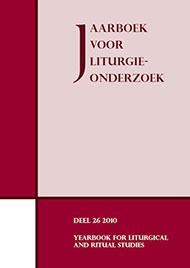Het ontstaan van de Romeinse Katakomben in Valkenburg en de receptie van de vroegchristelijke kunst in Nederland in het begin van de 20e eeuw
Abstract
A hundred years ago, in the summer of 1910, the first section of the replicas of parts of the catacombs in Rome were officially opened as an ‘attraction’ in Valkenburg (in the south of the Netherlands). This contribution focuses on the development of this monument and, in immediate connection with that, on the reception of early Christian art in that period at the beginning of the previous century. The cental (hypo)thesis is that the connection with what we now call early Christian art is relative and that the context of the development of the Valkenburg Catacombs is more complex and more multifaceted than has been suggested in studies until now. It concerns a complex interplay of a series of very specific and different cultural, social and personal settings. The author’s research makes clear that, in many respects, it concerns a specific Dutch context here in which the catacomb project could be developed. And, from that, in contrast to some German studies, the emphasis is clearly different with respect to the reception of early Christian art in the Valkenburg Catacombs. Early Christian art is primarily art of witness: it calls to mind authentic Christian living. Valkenburg was more of a project of Christian archaeology, evoking the life of the Early Church of the martyrs by means of material culture.


